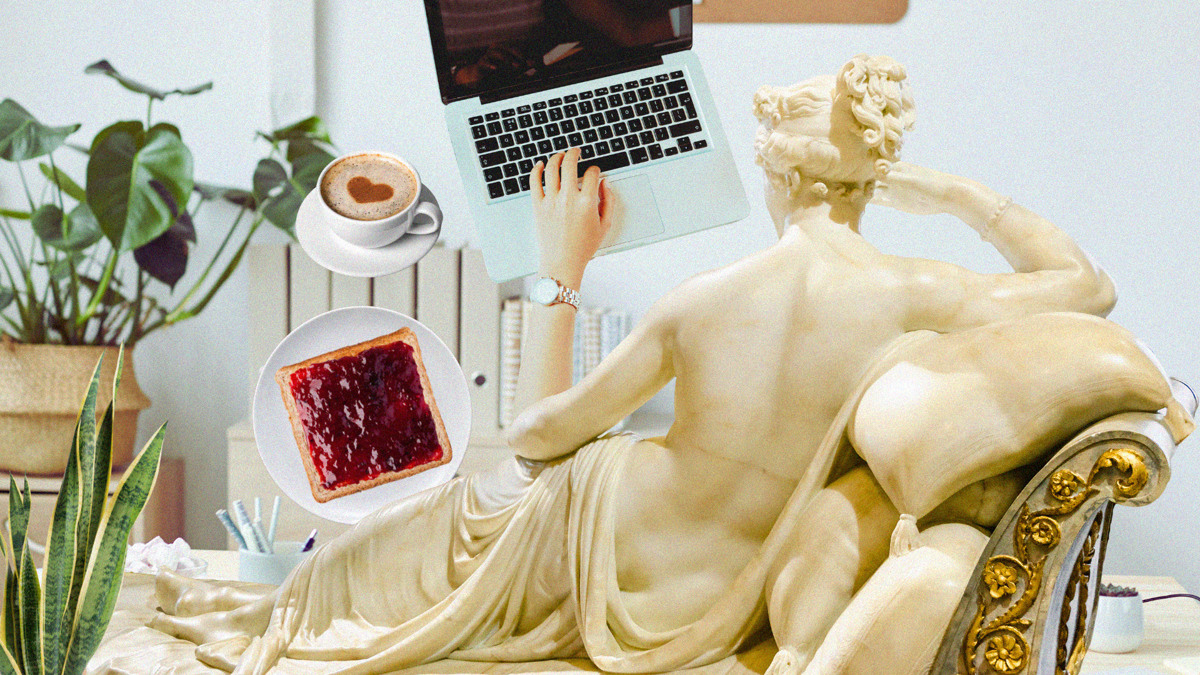From the Buttcheek Express to the classic Stock Image Wheelchair, we reviewed the best (and worst) airport wheelchairs on a trip from Tāmaki Makaurau ki Ōtautahi.


Image description
A marble statue of a woman leaning on a chaise lounge with a laptop, coffee and toast.

From the Buttcheek Express to the classic Stock Image Wheelchair, we reviewed the best (and worst) airport wheelchairs on a trip from Tāmaki Makaurau ki Ōtautahi.

From one-armed drummers to modified drum kits, here are some of Marlo Schorr-Kon's favourite music icons.

Librettos are notoriously hard to understand. Live Braille is making that easier.